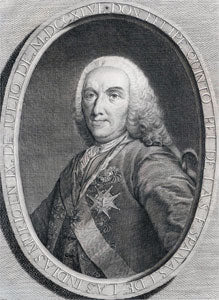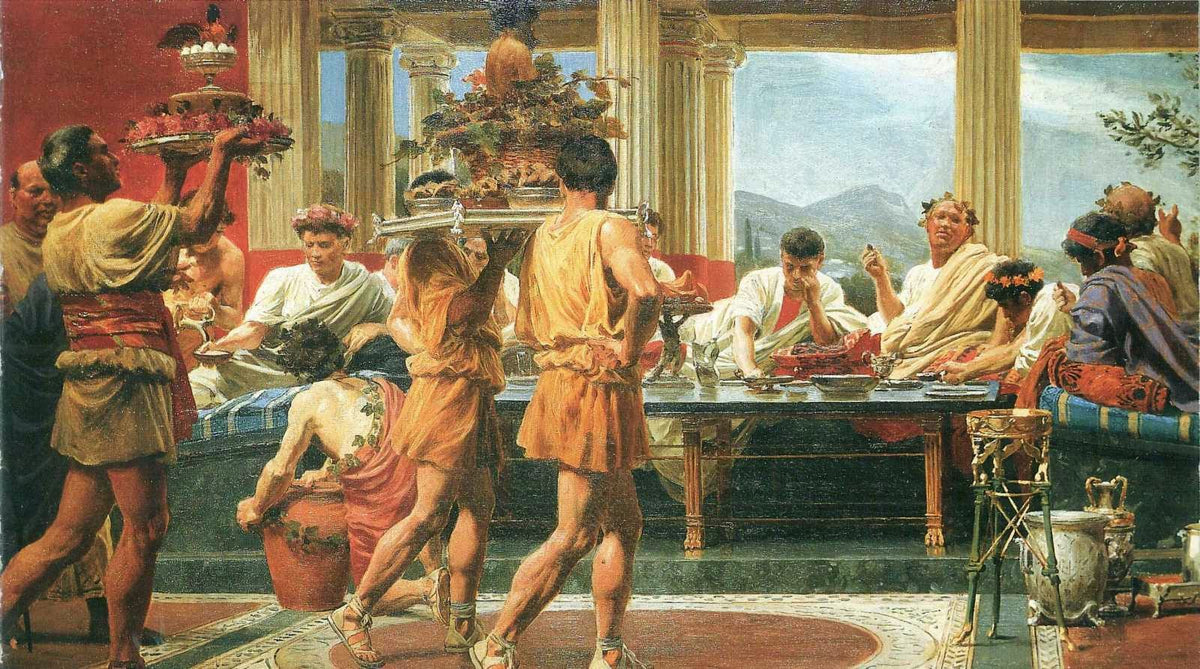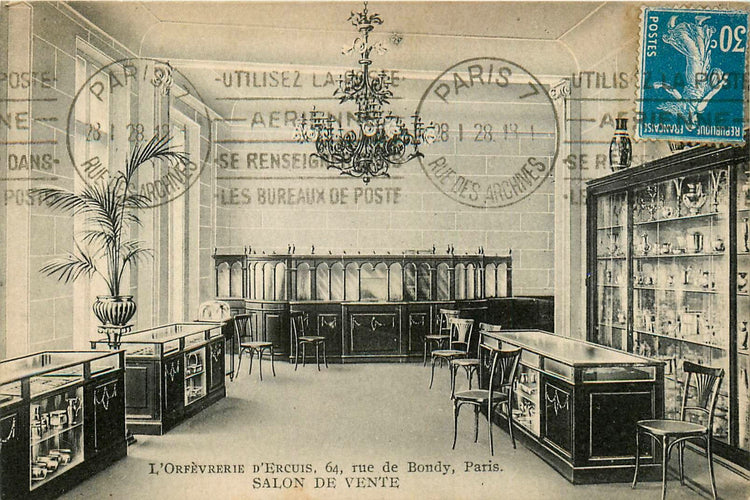Ancient Rome, Felipe V and the Roscón de Reyes
Origin of the Spanish Christmas sweet of Epiphany

Portrait of Felipe V. Cut from the engraving by Juan Minguet, 1760
Roscón de Reyes is a Spanish gastronomic tradition of this period of the year. It is common practice in all homes to eat Roscón on 6 January, the day on which the adoration of Jesus by the Three Wise Men is celebrated.
The origin of this tradition dates back to the Roman Saturnalia, festivities which were celebrated in Ancient Rome in honour of Saturn, God of agriculture, on the occasion of the onset of the winter solstice, which brought longer days and the end of the winter sowing season, which allowed slaves to rest for a few days. A public banquet was held and Roman citizens exchanged gifts. Each year, a round cake was made with figs, dates and honey in which was hidden a fava bean, a symbol of prosperity, which gave the title of «King of Kings» to the slave who was given it, allowing him to be free during the Saturnalia.
In the 4th century, when Christianity became the official religion of the Empire, these festivals were gradually replaced by Christian celebrations. The tradition became less important except in France, where the Roi de Fave (King of the Bean) was celebrated. To celebrate Epiphany, each village gave a sweet bun to the poorest children and whoever found the bean received gifts and privileges.
In the 18th century, Louis XV included a gold coin which meant that no one wanted the bean, and finding it was no longer a prize. It was Philip V who introduced this tradition in Spain, maintaining the duality between reward and punishment. Later the coin was replaced by a figurine and the person who found the bean had to pay for the roscón.
We share the value of the tradition. The beauty of the customs makes us enjoy our time around the table.

Roscón de Reyes by El Horno de Babette (Madrid)


Roscón de Reyes by Panod (Madrid)
Symposium (The Banquet), Anton Von Werner


